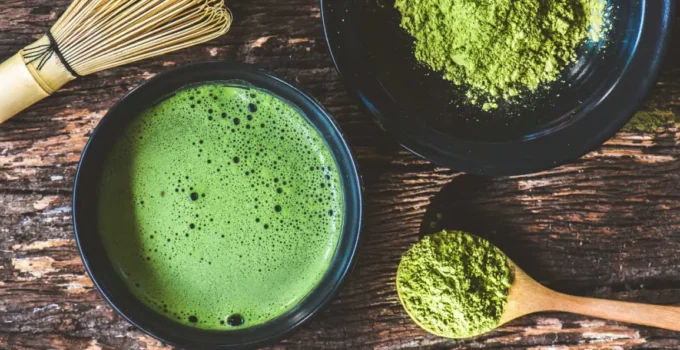Matcha (also known as maccha) is the most outstanding green tea since it is powdered and consumed whole. However, the phrase is relatively new in the Western world. Catechins, a superb antioxidant class, are plentiful in Matcha. Their primary responsibilities include fighting germs and removing free radicals from the system. As a result, Matcha reduces the overall risk of sickness and assists in flu prevention. People who include Maccha in their regular diet feel better all year.
8 Methods One Can Follow To Brew The Best Matcha For Themselves
The key is to perfect the process of green tea brewing techniques. There are a handful of easy steeping instructions that will guarantee the maccha tea tastes great. Green tea is also an excellent base tea for reducing its stinging character if it isn’t an individual’s choice.
Here are some essential tips that might make a person’s matcha consumption experience a lot better:
1. Evaluate The Grade And The Brewing Procedure Of The Matcha
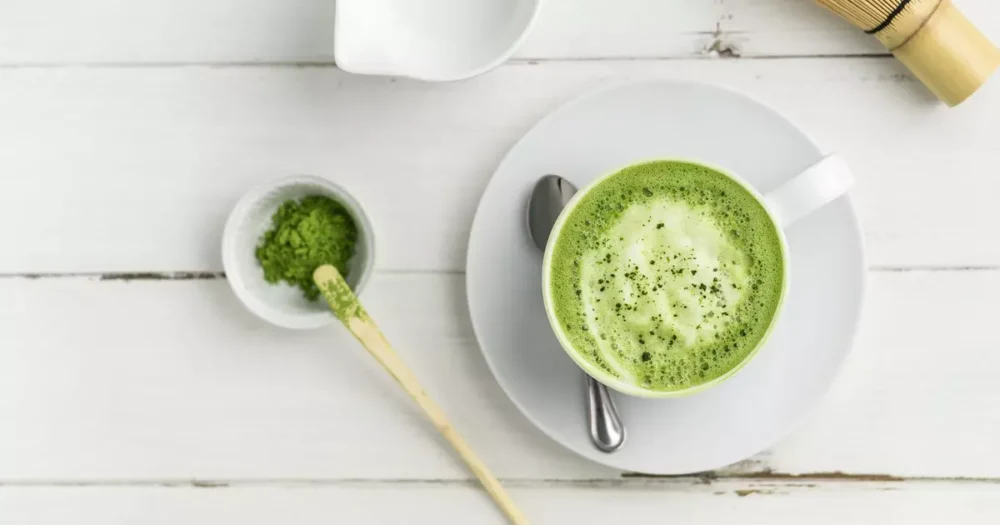
Source: japancentre.com
Poor-grade Maccha is dull-brown or yellow-green in appearance and would most probably taste unpleasant when poured as a beverage. Experts advocate using this type of Maccha in meals. It should be brilliant green and fragrant, almost grassy. One can always look at the website of MatchaOutlet, as they offer guaranteed premium quality products, and customers can buy Matcha without any skepticism.
When boiling water or milk for Maccha, take extra caution. Mixing hot fluids above 175 degrees F, the Matcha will taste harsh. Reduce the heat of the water to make the green-tea more smooth. Preparing iced matcha beverages requires no extra care.
2. The Quantity Of Water Used Should Be Less
There are several methods to prepare Matcha, but if someone is preparing it straight up, use considerably less liquid than one might think they need. Maccha cups are broad and deep to enable continuous whisking, although they are not supposed to be filled.
Maccha may be prepared in two manners. Most individuals are acquainted with the frothy pitcher is usucha or thin tea. The average powder-to-water ratio is 1.5 to 2 grams per 4 oz liquid. Koicha, or thick tea, is a substantially stronger beverage. With just 1 oz of liquid, the proportion grows to twice that quantity.
3. Matcha Does Not Endure Indefinitely
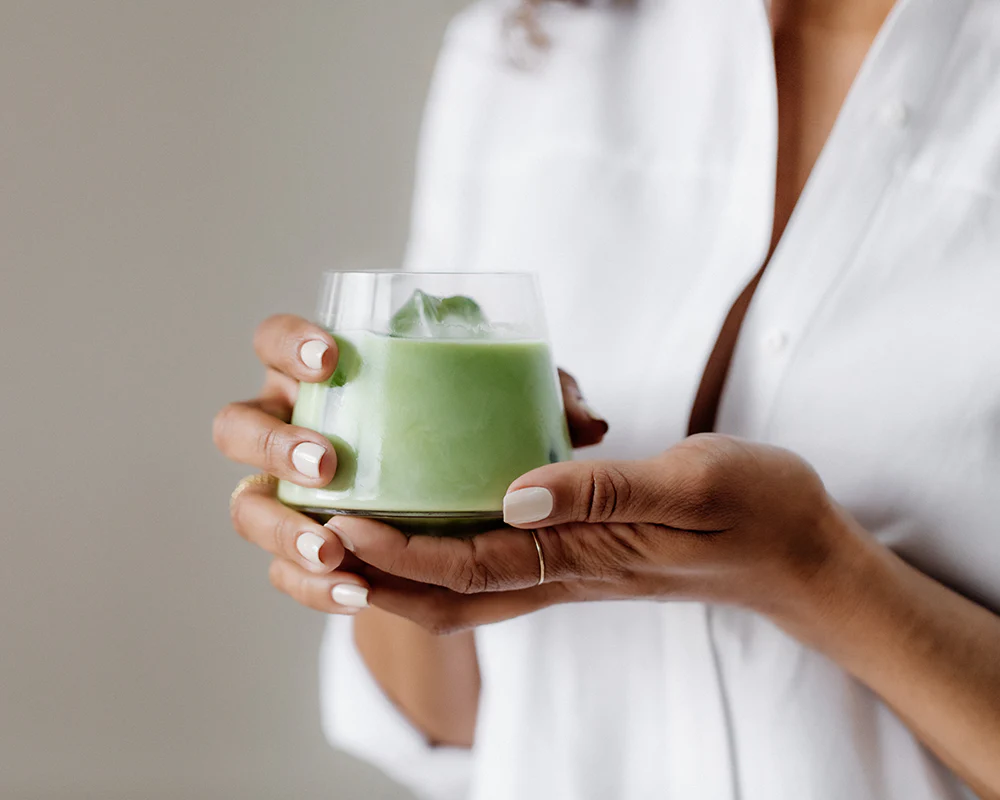
Source: artoftea.com
Maccha has a relatively short shelf life. For the finest hue and taste, consume it within two months of opening. To keep it freshest, buy it in little portions and store it in the refrigerator.
4. Sift And Burst Up Any Formed Clusters
One of the crucial tricks for making Maccha taste delicious is to sift the granules. This may appear to be a trivial detail, but it may have a significant impact. Because matcha mixture is particularly susceptible to dampness, it will initiate the development of these lumps as soon as it is unsealed.
5. Incorporate Some Extra Flavor To The Matcha
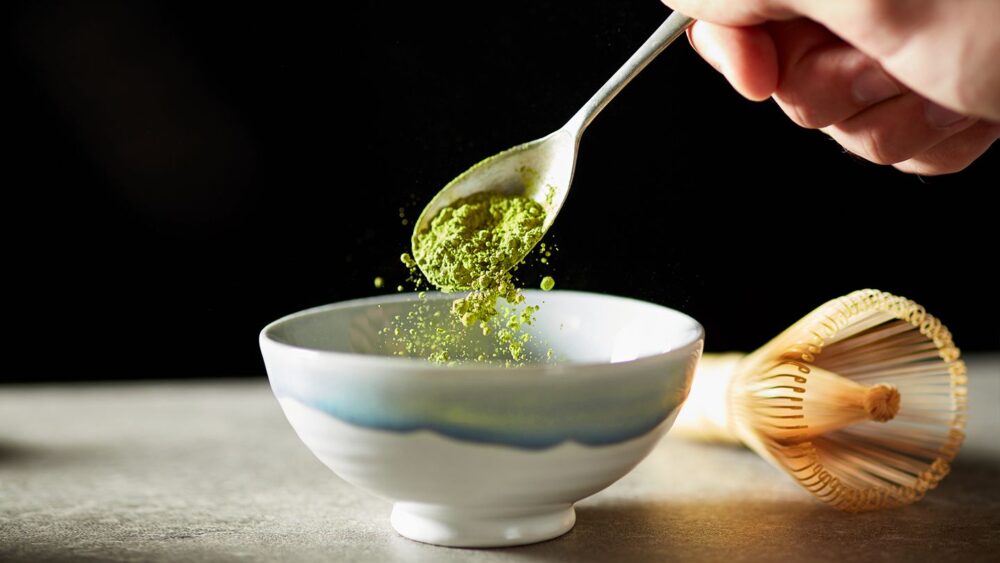
Source: everydayhealth.com
When creating a maccha latte, add some sweetness to it. A modest quantity of vanilla coffee liqueur or vanilla essence will offer a pleasant taste. Melon coffee nectar flavor is another matcha-friendly coffee syrup taste. Explore numerous types of coffee syrup to find which ones are preferred.
If someone does not enjoy Matcha as tea or as a latte, they can seek maccha cooking alternatives online. Maccha may be added to a waffle batter for green waffles with added nutritional advantages, matcha biscuits, or even handmade dark chocolate. Some folks dust it over their oatmeal in the mornings or swirl it into a carton of yogurt.
6. Create An Infusion Of Herbs
If someone still can’t get enough of green tea’s taste, try creating a spiced beverage instead. Flavored teas begin with a natural tea foundation, such as black, white, oolong, or green. The tea base combines various florals, herb teas, and seasonings for a more decadent aroma. Green teas with fruity infusions are another trendy substitute. Fruit teas have a richer, more lively taste than traditional green teas. Fruit-infused green teas can be served warm or cold. Cold green tea smells gentler than warm green tea and might be a good beginning position.
7. Adding Honey Can Be A Great Choice
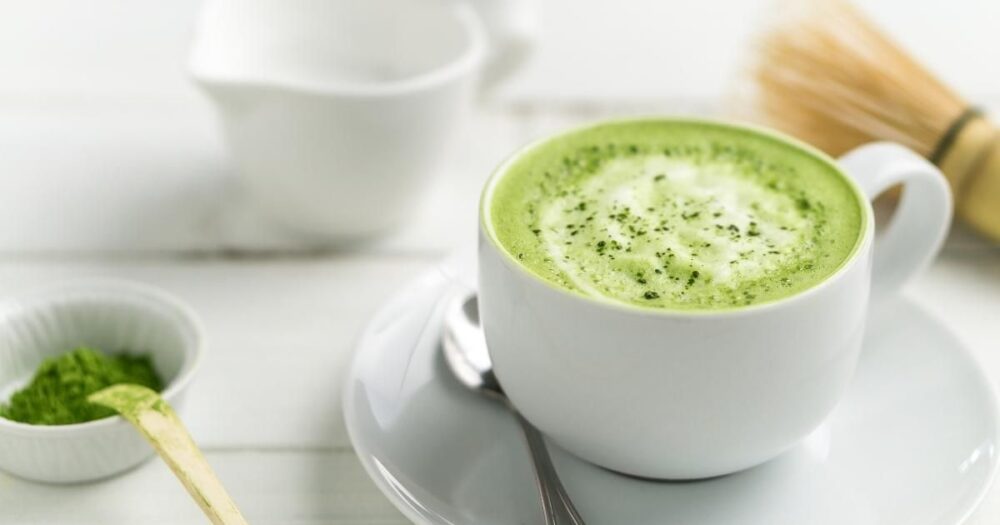
Source: petitegourmets.com
While high-quality whole-leaf green tea tastes the finest without any sweeteners, if all other efforts to get the tea less sharp have been unsuccessful, consider honey. Although honey is far more nutritious than refined sugar, it may cause a weight increase, so consume it sparingly.
8. It Goes Well With Chocolate
Chocolate and Maccha blend well together. Some chocolate companies even have a matcha variation. If sipping this kind of beverage is too strong for an individual, try adding a teaspoon to a dark chocolate beverage instead. This way, one will get the advantages while only experiencing a whiff of the flavor.
Matcha Tea’s Health Benefits
Matcha has lately undergone a stratospheric surge in popularity, with green-tea cocktails, lattes, tea, and even desserts appearing in health food stores and coffee shops.
Matcha, like green tea, is a product of the Camellia sinensis tree. It is, however, grown differently and has a unique nutritional makeup.
Some of the salient advantages are enlisted below:
Blood Pressure Is Lowered
The antioxidant catechins found in Maccha may be helpful here. They appear to be highly advantageous if the maximum number is 130 or more, which may raise the risk of heart issues, cardiac arrest, and strokes, among other difficulties.
May Aid In The Treatment Of Depression
After adjusting for other factors, researchers observed that Japanese adults aged 20 to 68 who took more than four cups of matcha tea per day had a 51% lower risk of developing depressive episodes than those who consumed less than one serving per day.
A previous Japanese study had similar results for older adults. According to the survey, people over 70 who drank more than four cups of maccha tea each day had 44% less depressed emotions than those who drank one cup less.
Assists In Calorie Burning
Together, EGCg and caffeine boost one’s metabolism and increase the fat a person sheds each day.
Matcha green tea uses fat as fuel. Green tea catechins enhance the body’s thermogenic fat-burning process. A 12-week study of physically active Japanese men and women found that consuming green tea considerably lowered their BMI, abdominal measurement, total fat volume, and subcutaneous fat area.
Conclusion
Maccha’s rich flavor allows it to be utilized in confectioneries in addition to matcha lattes, maccha milkshakes, matcha pancakes, green tea frozen yogurt, muffins, biscuits, and several other alternatives. On the other hand, Maccha tea and matcha lattes are popular because consumers on a diet or worried about their health have decided to skip sugary sweets.
While the deep, rich, and robust flavor of maccha tea complements anything from a pastry to a savory delicacy, more people are becoming aware of the advantages of maccha tea, which is expected to dominate the tea business in the next few years.

